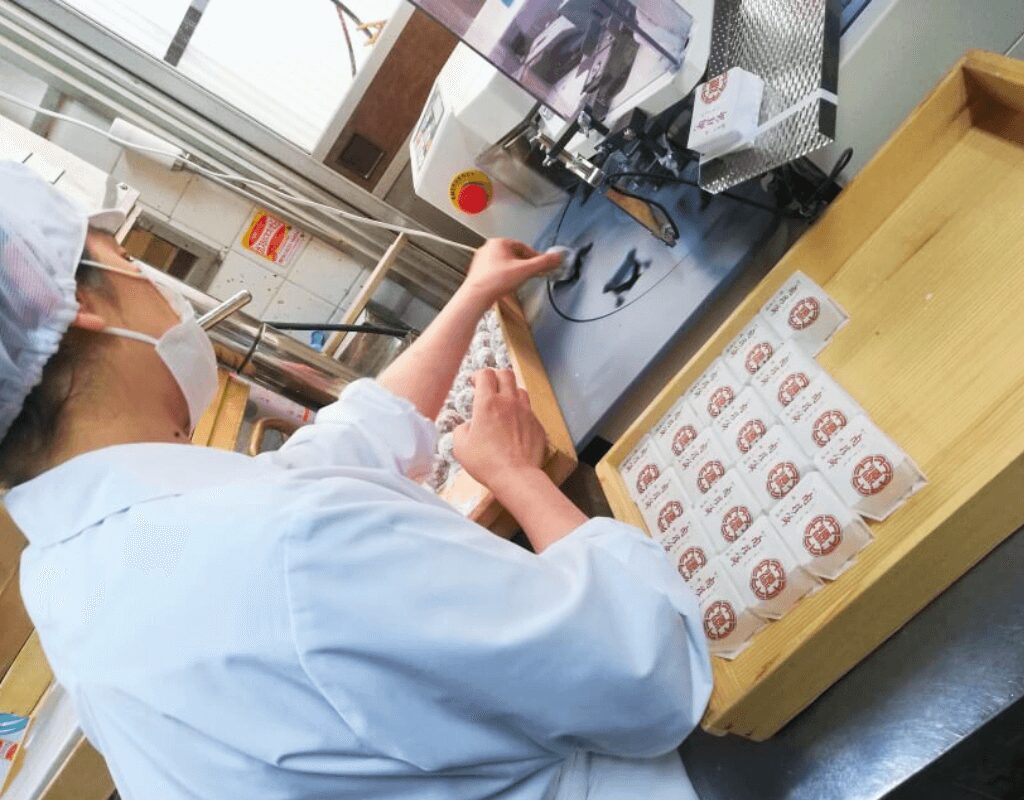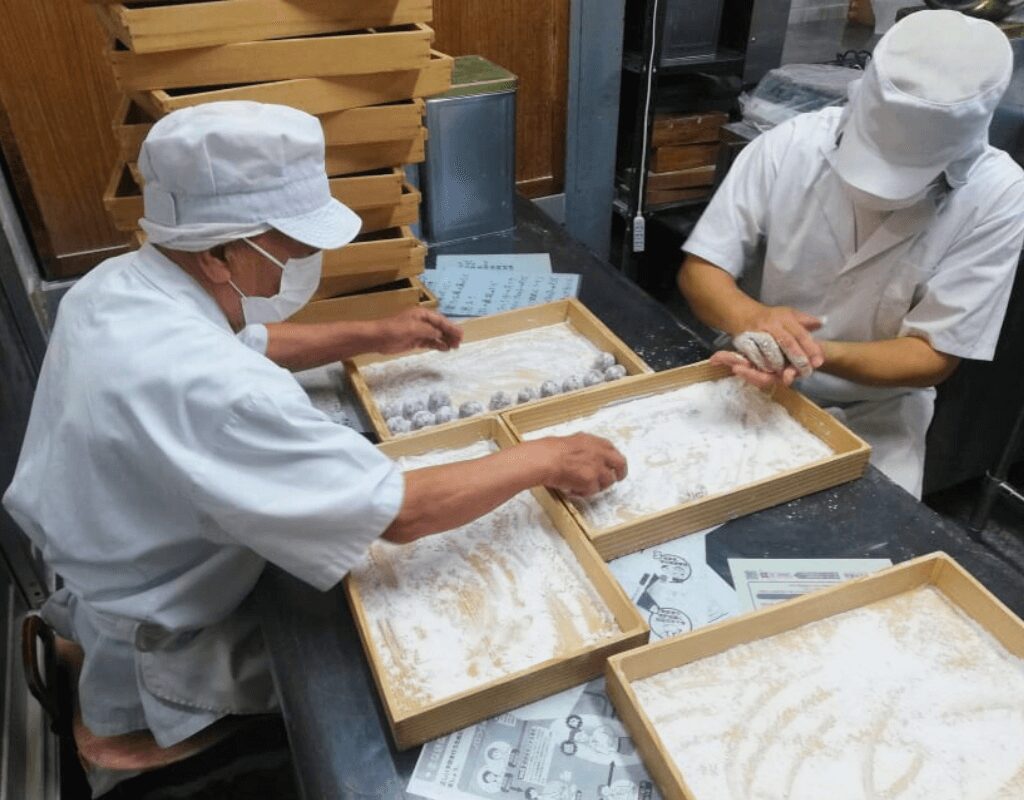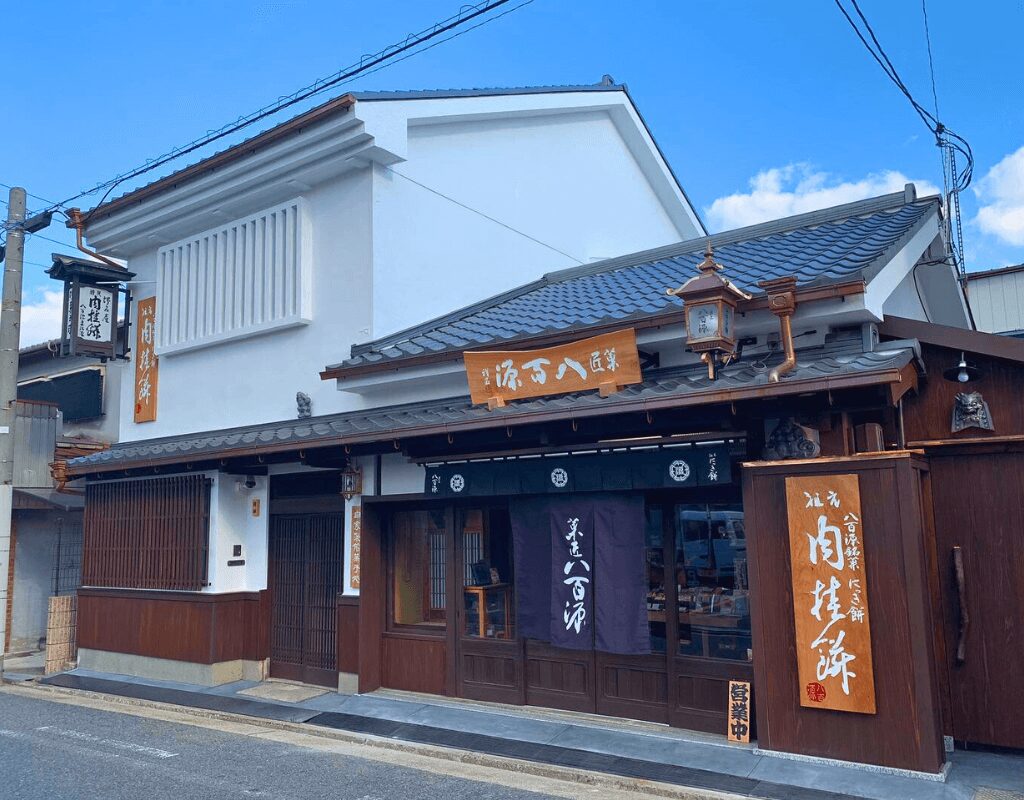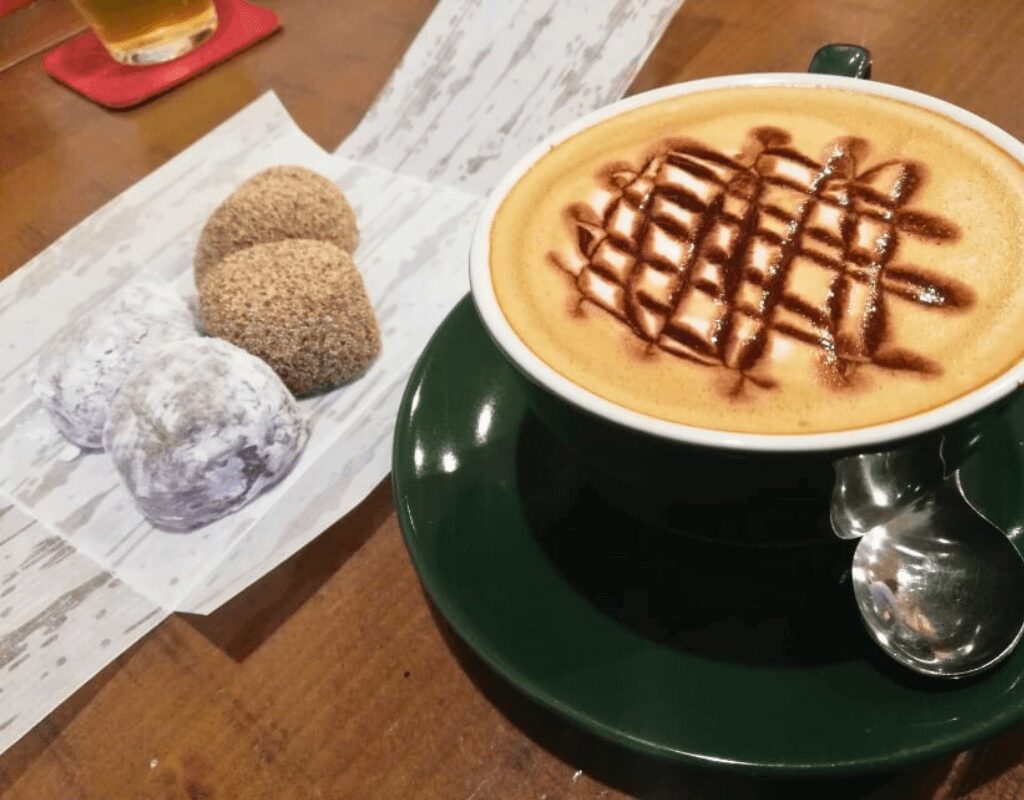Table of Contents
Profile of Writer
ambassador
Eric Chevallier
Born in France, he is a blacksmith specializing in Japanese knives and the owner of DE SAKAI, a brand known for its traditional Japanese knives and kitchen tools. After arriving in Japan in 2012, he undertook an intensive apprenticeship under a master of traditional Sakai bladesmithing. In recognition of his role as a cultural bridge for Japanese bladesmithing in France, he was honored with the “Star of Hope” award by the French government. He currently serves as the “Foreign Market Development Coordinator” at the Sakai City Industrial Promotion Center.
Sakai’s Gateway to Cinnamon and Japanese traditional sweets
If everyone knows the famous Japanese mochi pastries made from sticky rice flour and filled with red bean paste (Anko), few people have heard of the original Yaogen cinnamon mochi—unless they live in Sakai.
This pastry originated from Sakai’s openness to the world, which made it a key gateway for rare and unique goods to enter Japan, including cinnamon. At the time, cinnamon was valued as a medicine and used as a tonic to treat colds and fatigue. While adults consumed cinnamon powder with ease, children found it harder to enjoy.


A Wagashi Truly Representative of Sakai, Osaka
200 years ago, the Sakai Yaogen pastry shop in Sakai city, which is still operating today, began making mochi. The soft texture of the cake, coated in rice flour, creates a pleasant mouthfeel, especially when the cinnamon is mixed with sweet red bean paste. Back then, Nikki mochi (Cinnamon Mochi) were consumed as remedies, unlike today, when they are enjoyed as a sweet treat.

Sakai: A Hub of Spices and Sweet Traditions
Much like incense, coffee, tea, and other natural products that are essential to daily life today, many of these items have stories deeply tied to health. They were originally consumed for wellness, healing, and strength, becoming part of our daily routines. A significant number of these spices entered Japan through the port of Sakai, which played a key role in the prosperity and development of regional gastronomy in the Kansai region, including Osaka, Nara, and Kyoto. These exchanges with Asia and Europe were essential to shaping local culinary traditions.
During the coronavirus pandemic, orders dropped to 500, but this year, the daily rate of 900 was restored. Today, the small gourmet mochi balls are also sold in Takashimaya and select department stores in Osaka. Personally, I love enjoying Nikki mochi and Keshimochi (a poppy seed mocha, also made by Yaogen) with my coffee, though Japanese people often pair them with hot tea in winter or a refreshing cold beverage in the summer.

Details
Contact: View Website
- Address: 2-1-11 Kurumano-cho Higashi, Sakai-ku, Sakai-shi, Osaka
Business Hours: 9:00 – 17:00, Closes on Sunday.
If you’re interested in other articles about Sakai, please find them here.

